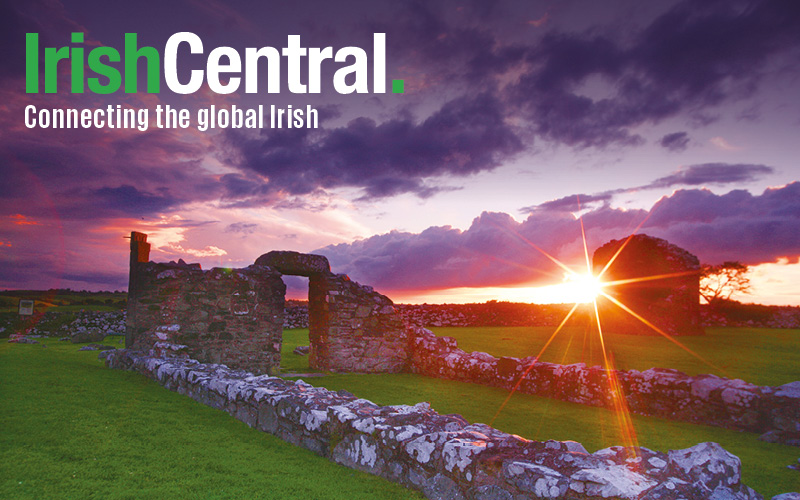On Sunday June 14, Montreal’s Irish community will join the Ancient Order of Hibernians (AOH) in the annual “Walk to the Stone” to commemorate more than 6,000 victims of the Great Hunger who died there in 1847.
For the past 150 years, the AOH have organized the walk to “The Black Rock,” a small monument that marks the grave of these victims.
The grave now sits in an industrial zone at the foot of the Victoria Bridge in Montreal with little indication that it holds host to the grave of 6,000 Irish and Canadian people.
During the worst year of the famine, thousands of Irish people fled to Canada arriving at Grosse Île island located on the St. Lawrence River about 50 miles east of Quebec City. The island served as a quarantine station for the Port of Quebec akin to Staten Island in New York.
Many Irish lost their lives here during the typhus epidemic of 1847, a year that is named Black ‘47 in Irish history in memory of the worst period of the Irish Famine and the vast numbers of Irish leaving the country for foreign shores.
Due to the lack of information on the symptoms of typhus, however, many sick people were considered healthy and allowed to continue on their journey to the next stop of Point St. Charles in Montreal.
Disembarking in Montreal, the city was not prepared for the flocks of sick and dying Irish in what was to be one of the hottest summers on record in the city. By the end of this “Calcutta summer,” 6,000 people had lost their lives.
The location of the grave was not discovered until construction work began on the Victoria Bridge in 1859. On the discovery of bones, research began and they discovered the mass grave of mainly Irish victims of typhus just over a decade previous.
The construction workers wished to remember the grave in some way and so they erected the Black Rock in the corner of the graveyard as a headstone for the 6,000 people buried there.
In an attempt to properly preserve and commemorate the lives of those who traveled to Montreal to escape the Great Hunger, and those generous Canadian people who fell ill while helping those who arrived, the Montreal Irish Monument Park Foundation was established in 2012.
The foundation wish to turn the industrial zone into a memorial park similar to those found in Dublin, Boston, New York and Toronto.
Director of the foundation, Fergus V. Keyes says that the memorial park is important “to remember these 6,000 immigrants who died; to honor the many French-speaking Quebec families who adopted, and gave homes to more than 1,000 children who were orphaned by this tragedy; and to honor the many Montrealers who went out and gave aid to these poor immigrants and caught the fever and died themselves, including John Mills, who was mayor of Montreal at the time. But also a beautiful space inclusive for all Montrealers regardless of their heritage”
Plans for the memorial park include a museum, monument, meditation areas, a GAA Irish sports field and a beautiful green space that would double as a stunning entryway from the Victoria Bridge.
The cause is championed by Montreal’s mayor, Denis Coderre, who himself has Irish roots. Following a meeting with the Mayor earlier this year, he told the foundation that he would “do everything he can to make it happen.” Although details still need to be established, such as land ownership and costs of the project, they now hope that the park will be in place for the 375th Montreal Anniversary activities in 2017.
Speaking on Montreal television, Victor Boyle, National President of the Ancient Order of Hibernians says that the Irish people who survived contributed greatly not only to Montreal but to Canada, with 40% of people in Quebec claiming some sort of Irish heritage.
The "Walk to the Stone" will meet at noon this Sunday, June 14 at St. Gabriel’s Church at 2157 Centre St. in Point St. Charles and and walk to the Black Rock at the Victoria Bridge.
More information on the campaign for a memorial park can be found here.




Comments